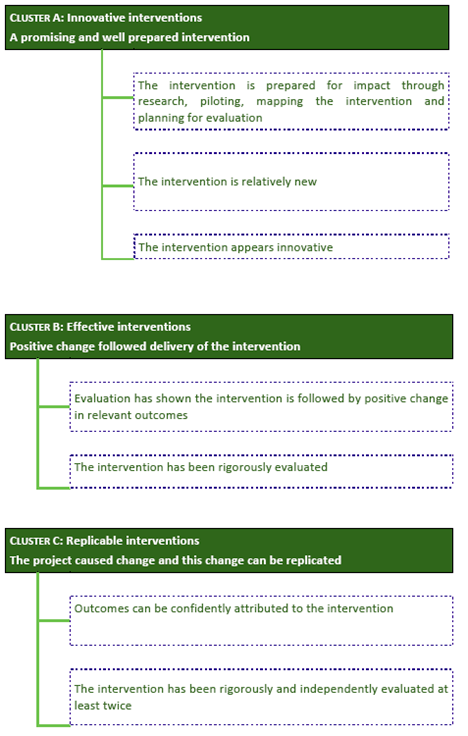Our focus area and approach
Digital Inclusion, Mapping good practices, Identifying community intiatives
Digital Inclusion, Mapping good practices, Identifying community intiatives
Digital Inclusion is difficult to pin down in a single definition. According to the European Commission, Digital Inclusion is defined as:
“ways to ensure that everybody can contribute to and benefit from the digital economy and society”.
The European Commission, and most EU Member States, typically shape their Digital Inclusion policy in terms of three key intervention areas:
As the UK Digital Inclusion Strategy puts it:
“Digital Inclusion, or rather, reducing digital exclusion, is about making sure that people have the capability to use the internet to do things that benefit them day to day”.
What’s in the Digital Inclusion Catalogue and Map
Through our Knowledge Community, you can have access to the Digital Inclusion Atlas, a Map and Catalogue of Digital Inclusion Good Practices in the 27 EU Member States and the UK, representing the ‘state of the art’ in Digital Inclusion ‘good practices’: European projects and interventions for the Digital Inclusion of vulnerable groups.
The Good practices that you can find in our Catalogue and Map provide you with knowledge about what works, for whom and in what circumstances and with learning you can transfer and apply in your own context. They also enable you to see gaps in the provision of initiatives to tackle the digital exclusion of vulnerable and disadvantaged groups. Thus, the good practices contained in the Catalogue and map can be considered as tools for capacity building, experiences you can learn from to improve the services you are offering in the field of digital inclusion.
The kinds of good practices included in the Catalogue have been running long enough and have some evidence to suggest that they have made or will make a difference to the digital exclusion of the following vulnerable groups:
How you can get your project into the Catalogue and Map
The Catalogue and Map are not static: they are evolving, as they mirror the evolving state of the art in digital inclusion in Europe. This means that they need to be fed on a continuous basis, with new practices, to monitor the developments and observe the variation of existing gaps. You can make a difference by helping us feeding the catalogue. You can propose your case to be part of the MEDICI Good Practice Catalogue by filling in the submission form .You must be logged in (and registered as a member) to be able to upload your case.
In order to be shortlisted for inclusion in the MEDICI Catalogue, your project/initiative will have to comply with the following criteria:
| Domain relevance – the practice focuses on digital inclusion (connectivity, usage capability, quality of use) |
| Target groups – the practice covers one or more of five vulnerable groups: people with disabilities; elderly people; marginalized young people and children; unemployed or those facing social problems; migrants |
| Good practice – the practice has produced good results and deserves to be shared so that a greater number of people can learn from it and adopt it |
| Type of good practice – the practice provides information and learning on practices, tools, technology, standards, infrastructure or capacities. |
Our Good Practice Assessment Team makes the final decision for case inclusion in Medici catalogue and map. Once you submit your case, you will be contacted from the Knowledge Community management team to provide more information that will help our Good Practice Assessment team to assess the suitability of your case for the MEDICI map and catalogue. However, until your case is accepted in the Catalogue, it will be included in the Digital Inclusion Stories Space where it will be accessible to the public.
Cases that are not relevant to Digital Inclusion, do not address our target groups or are very old will not be displayed, nor considered for shortlisting.
How does assessment work?
When you submit a case, is automatically sent to the MEDICI Good Practice Assessment team who carry out an initial assessment of the case for suitability, and to decide whether the information provided makes it look like it may qualify for inclusion in the catalogue and map .
You may be asked for more information, before it is fully validated and if it meets the entry standards, it enters the catalogue and goes live on the map.
In the meantime, or if the case is not yet sufficiently developed for catalogue visibility, it will be showcased in the Digital Inclusion Stories Space..
The catalogue includes a grouping regime for cases referred to as ‘Clusters’ A, B and C. The rating is explained below and is given by the MEDICI Good Practice Assessment Team based on a set of established criteria.

What is the Digital Inclusion Stories Space?
The Digital Inclusion Stories Space is an incubation space for the main catalogue, a space where members can inspire, comment and vote on cases that are showcased there.
New cases submitted by MEDICI’s Knowledge Community members will appear first in the ‘Digital Inclusion Stories’ space, whilst full validation assessment for catalogue entry is carried out.
The rating in the Digital inclusion stories space is done by you and all the Knowledge Community members. You can rate from 1 (lower) to 5 (higher) stars based on the extent to which you find the case: